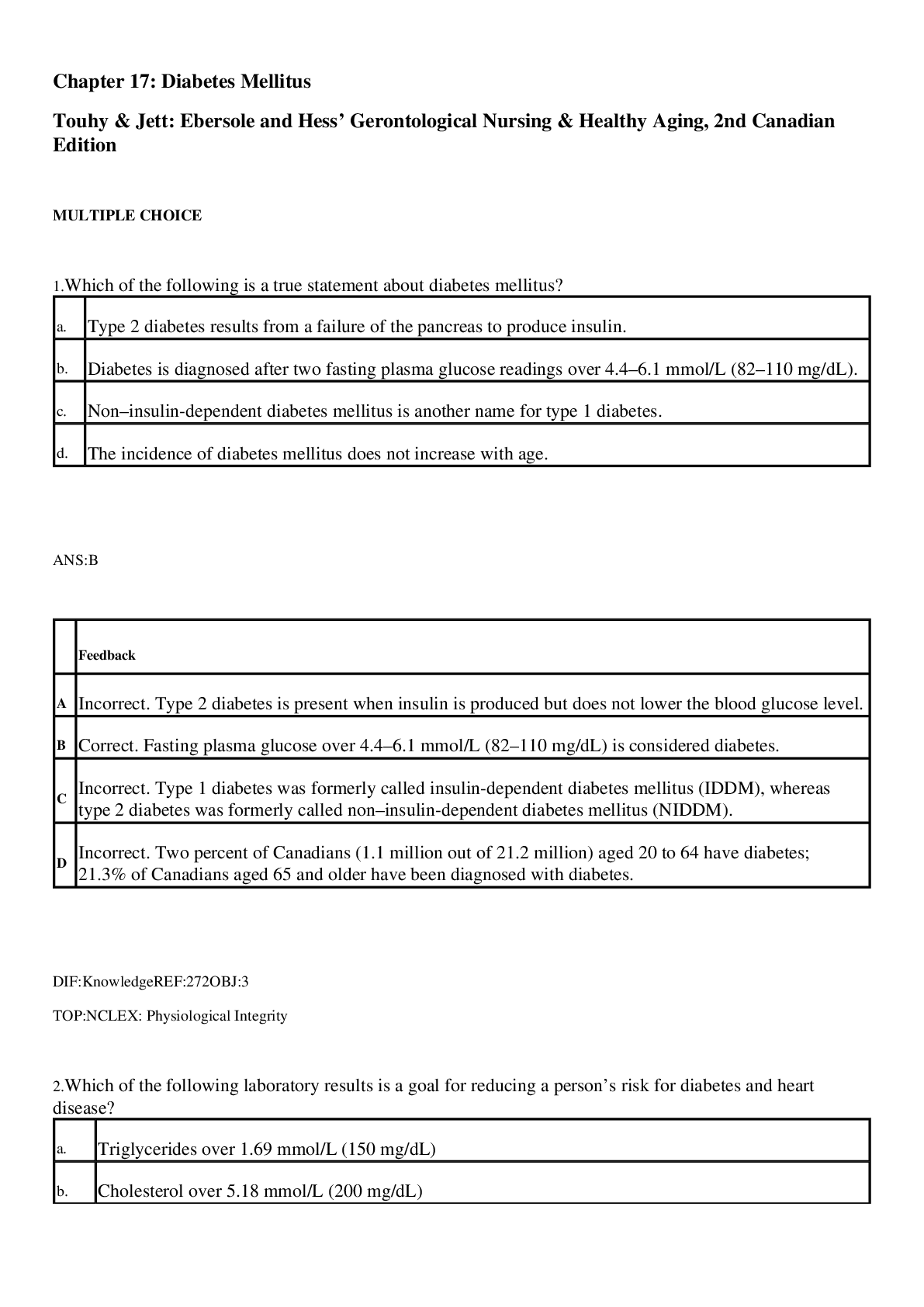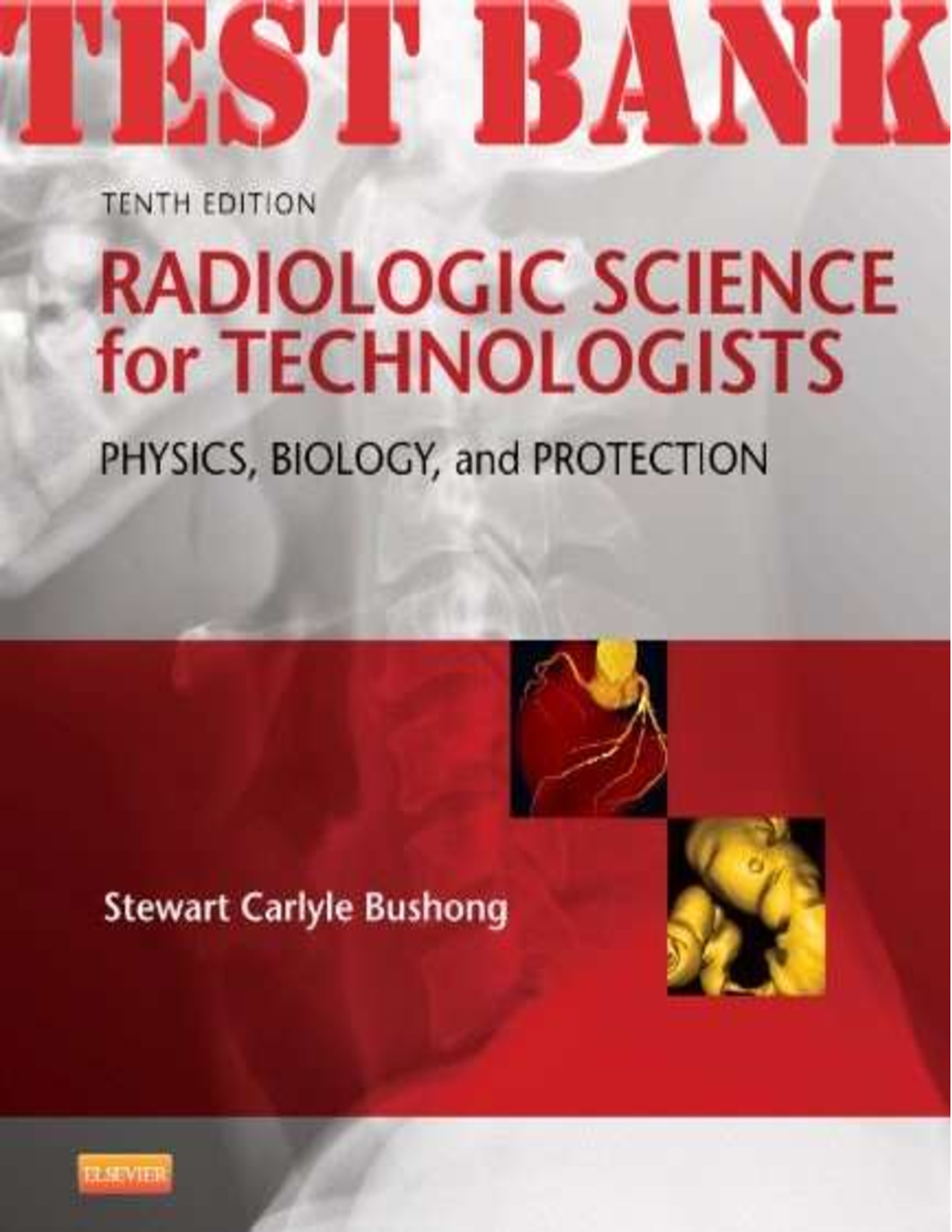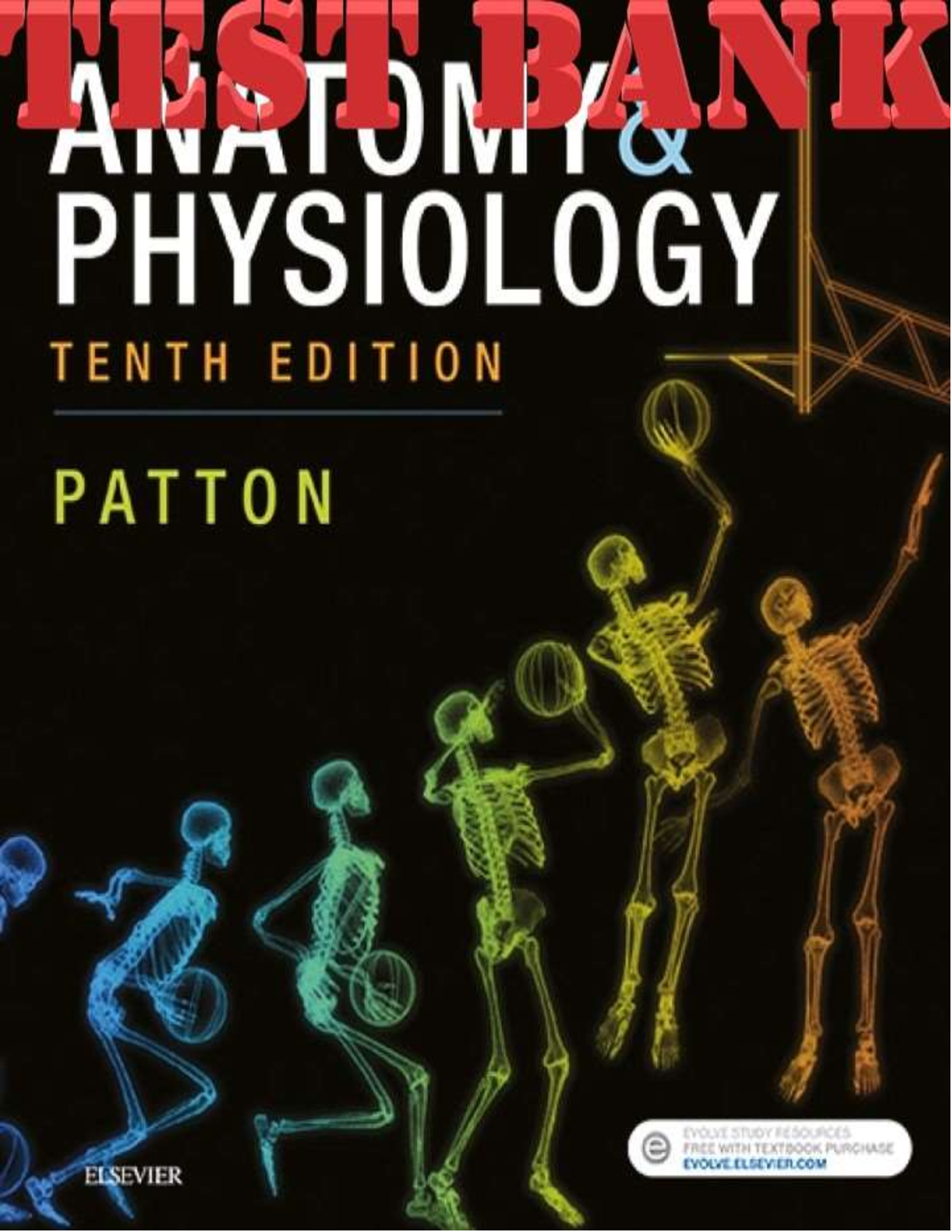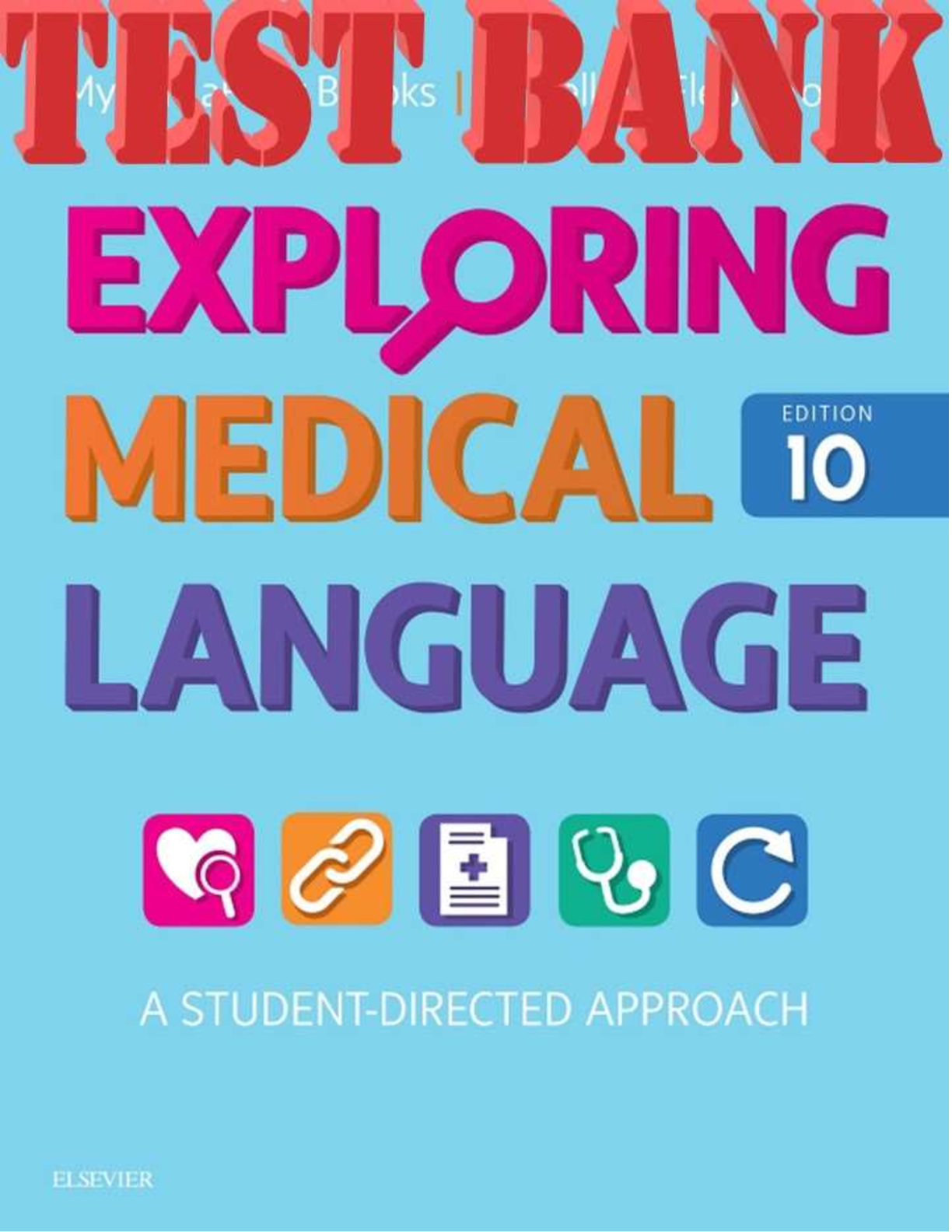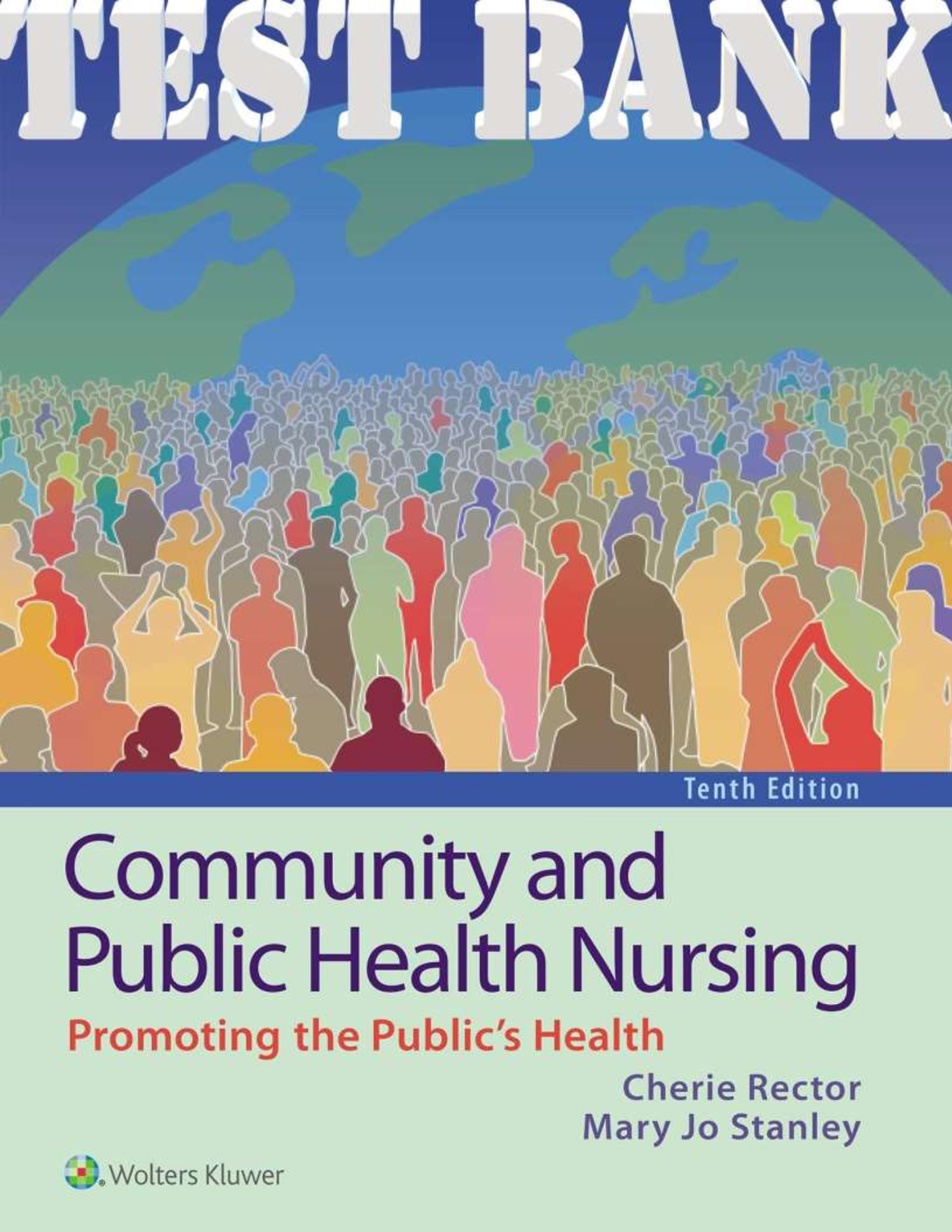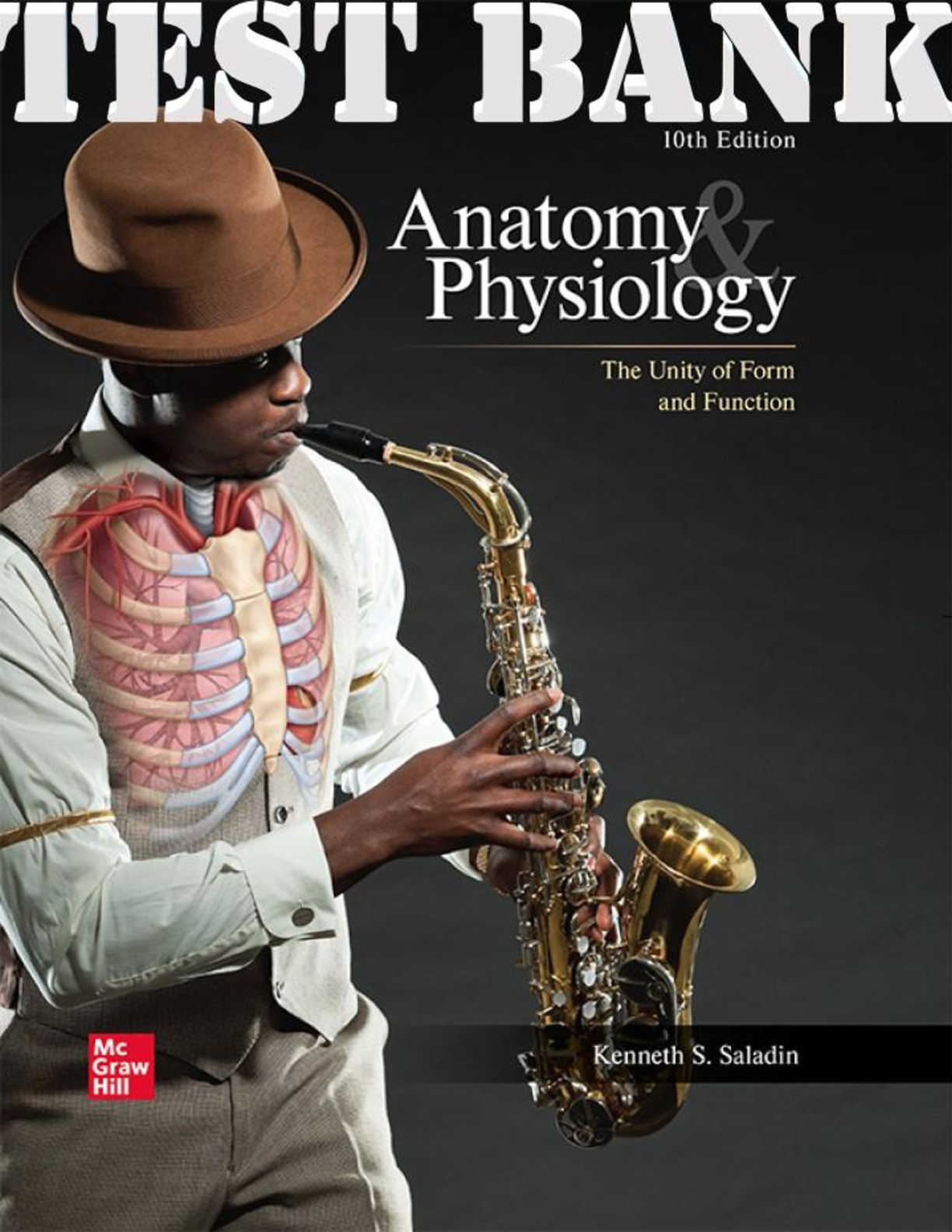*NURSING > TEST BANK > TEST BANK FOR PORTH’S PATHOPHYSIOLOGY 10TH EDITION BY NORRIS CHAPTER 19: Disorders of Visual Funct (All)
TEST BANK FOR PORTH’S PATHOPHYSIOLOGY 10TH EDITION BY NORRIS CHAPTER 19: Disorders of Visual Function
Document Content and Description Below
1. A care aide at a long-term care facility has informed a resident physician that an 80-year-old woman's eyes appear to be inflamed and that her eyelids are caked with sticky secretions. The woman ha... s been subsequently diagnosed with posterior blepharitis. Which of the following treatments is the physician likely to initiate? A) Surgical repair of the woman's blocked meibomian glands B) Warm compresses to be applied regularly to her eyes in addition to oral antibiotics C) Regularly scheduled cleansing of the woman's eyes with normal saline D) Intravenous steroids coupled with topical antibiotic ointment 2. The father of a third grade girl has brought his daughter to a walk-in clinic because he believes the girl has pink eye, which has been going around the students in her class. The nurse at the clinic concurs with the father's suspicion of conjunctivitis. Which follow-up explanation by the nurse is most accurate? A) “The insides of her eyelids have become infected. This often produces severe discomfort.” B) “The surfaces of her eyes have bacteria or a virus established, and it's important to maintain good hand hygiene until it goes away.” C) “An antibiotic ointment will likely resolve her infection, but pain control will be necessary in the mean time.” D) “It's important to aggressively treat this in children, since damage to her sight can result if it's not treated.” 3. A 32-year-old man is complaining of burning, itching, photophobia, and severe pain in his right eye after swimming in the ocean. To determine that the eye condition was a corneal rather than a conjunctival disease, which of the following would be the distinguishing symptom? A) Burning B) Itching C) Photophobia D) Severe pain 4. A 30-year-old woman has sought care because of her recurrent photophobia, tearing, and eye irritation. During assessment, her care provider asks about any history of cold sores or genital herpes. What is the rationale for the care provider’s line of questioning? A) Herpes simplex virus (HSV) conjunctivitis indicated a need for antiviral rather than antibacterial treatment. B) HSV infection of the cornea is a common cause of corneal ulceration and blindness. C) Chronic viral infection of the eyes can result in HSV autoinoculation of the mouth and labia. D) A history of HSV with eye irritation is suggestive of glaucoma. [Show More]
Last updated: 1 year ago
Preview 1 out of 8 pages
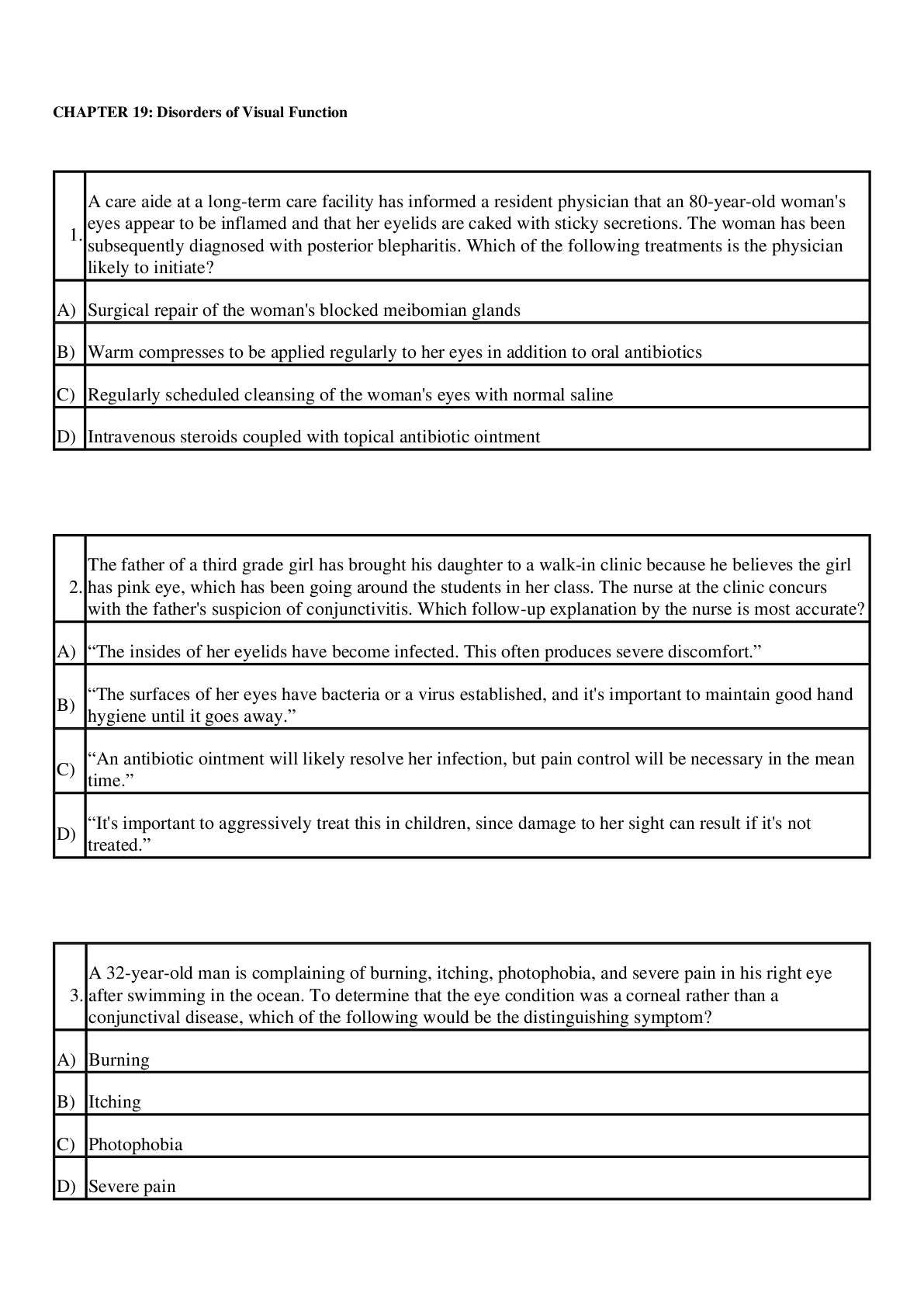
Buy this document to get the full access instantly
Instant Download Access after purchase
Add to cartInstant download
We Accept:

Also available in bundle (1)

TEST BANK FOR PORTH’S PATHOPHYSIOLOGY 10TH EDITION BY NORRIS ALL CHAPTERS
THIS PAPER CONSISTS OF ALL CHAPTERS
By GoldenA 3 years ago
$24
44
Reviews( 0 )
$4.00
Document information
Connected school, study & course
About the document
Uploaded On
Mar 01, 2021
Number of pages
8
Written in
Additional information
This document has been written for:
Uploaded
Mar 01, 2021
Downloads
0
Views
120


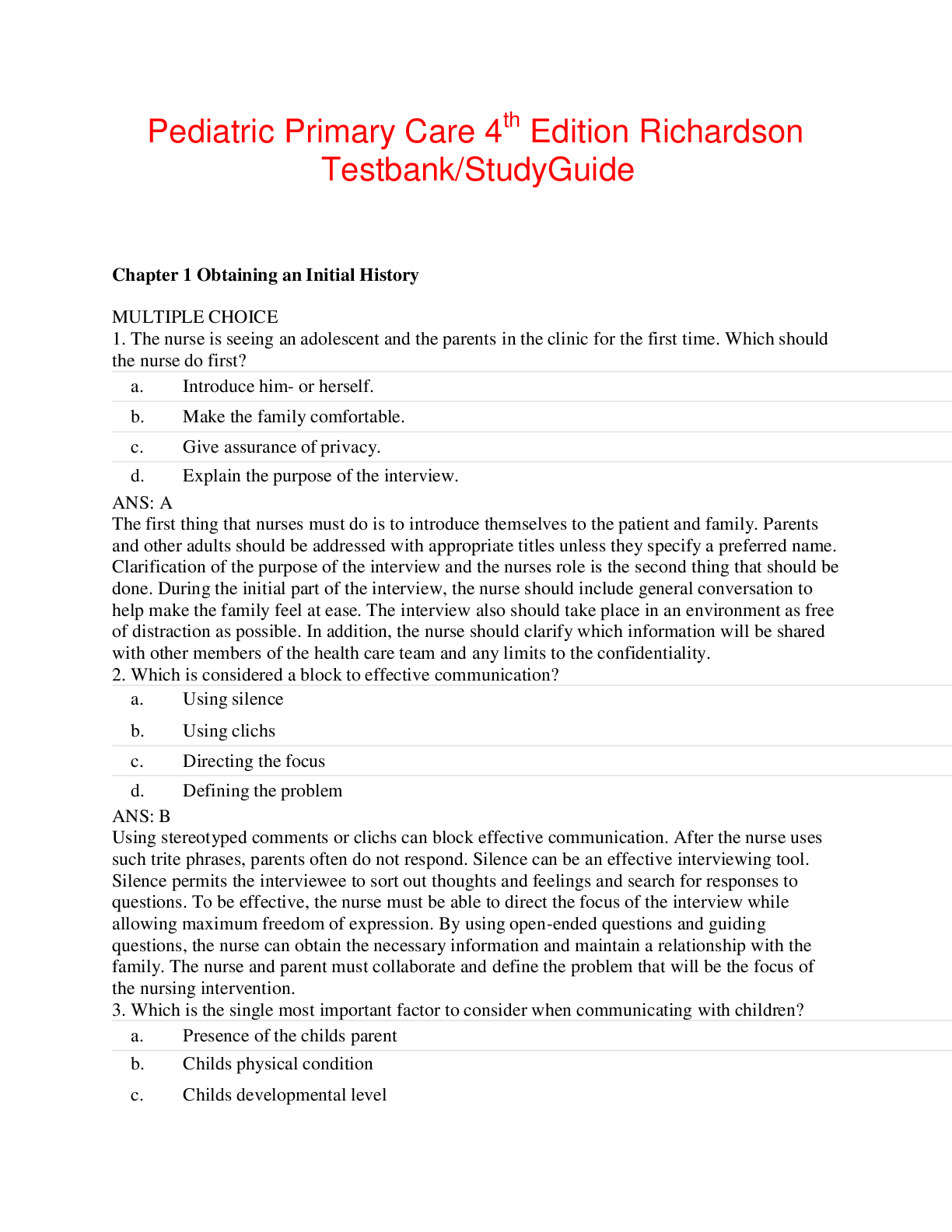

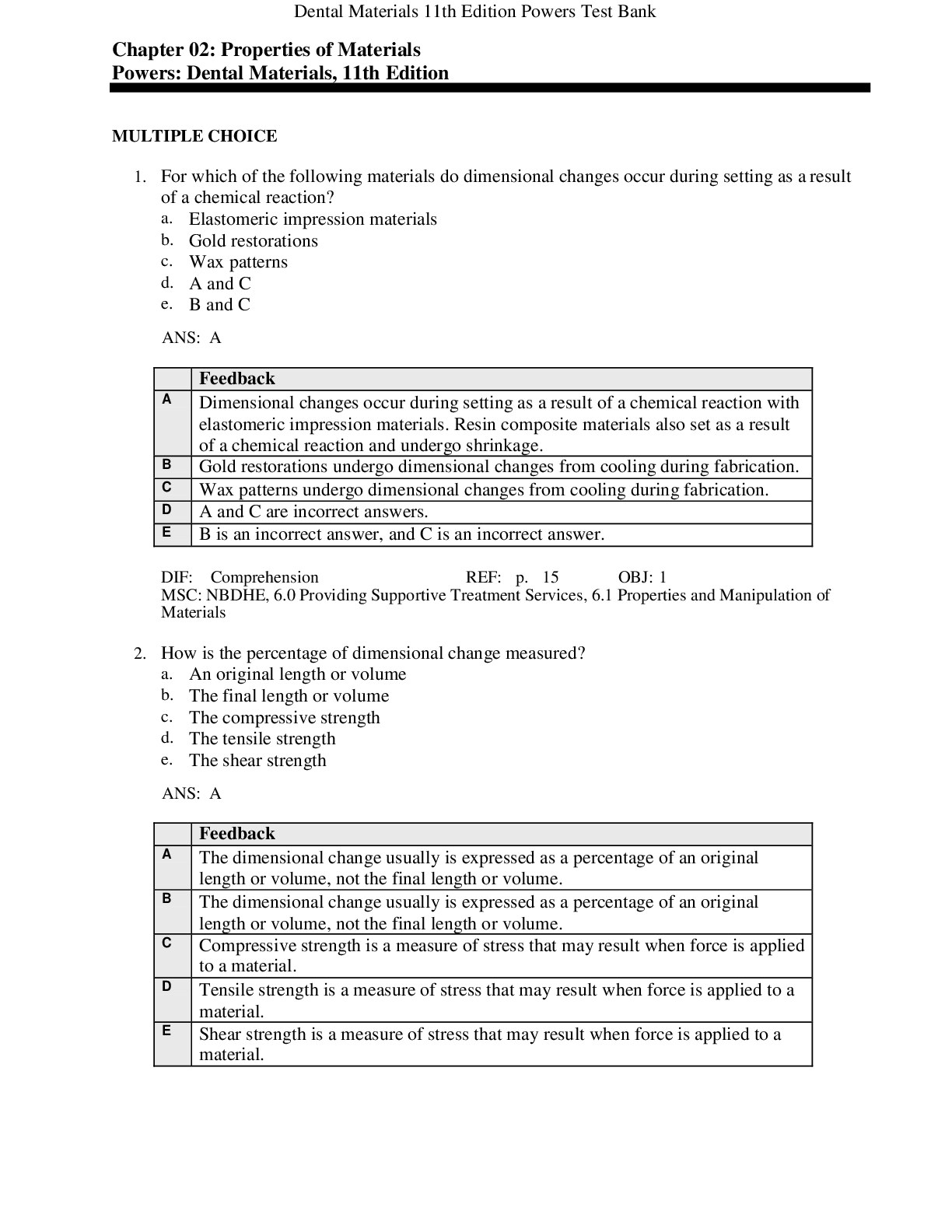
.png)
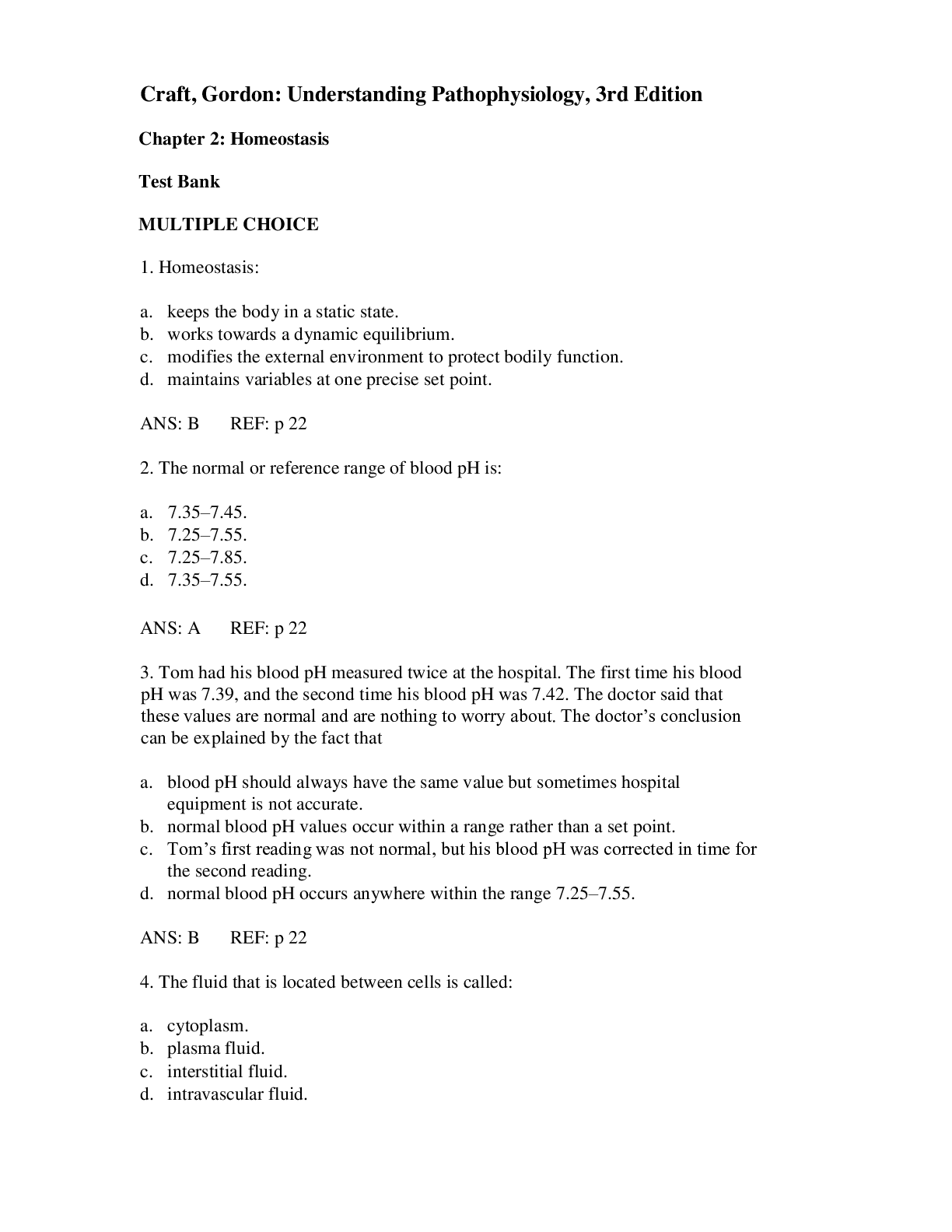



.png)
.png)
